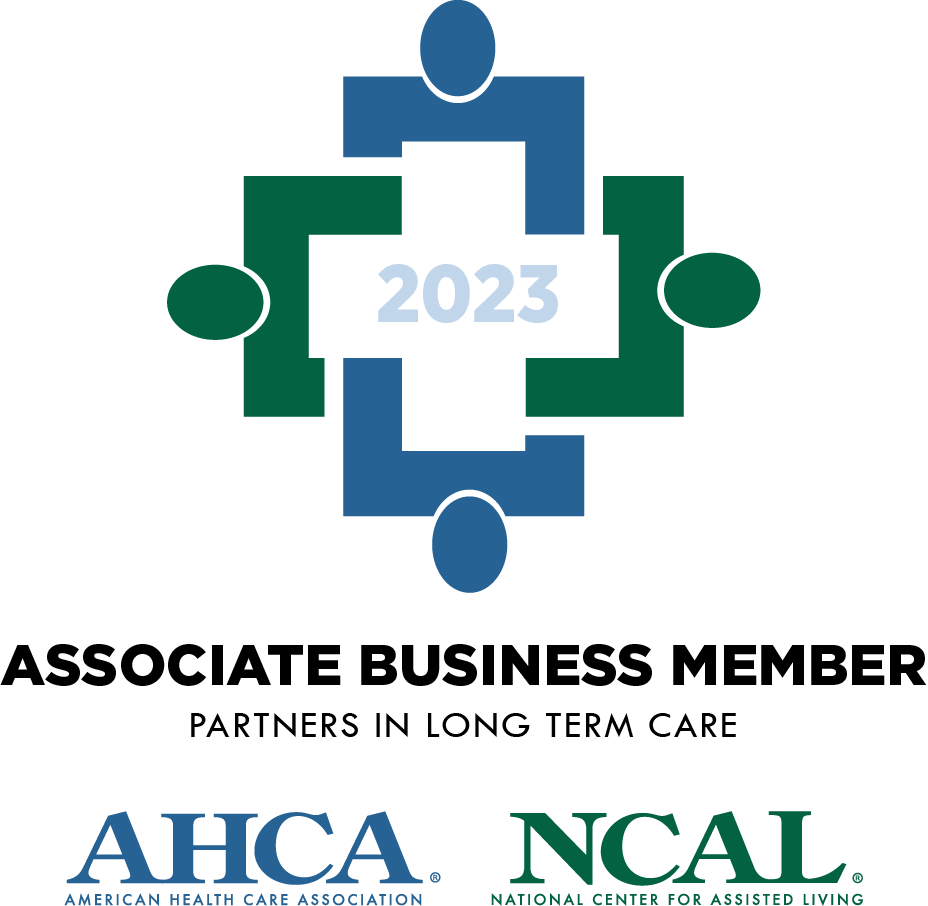A typical skilled nursing facility (SNF) produces an incredible amount of data. If this data can be captured, analyzed, and used effectively, SNFs can gain the ability to deliver significant improvements to resident care, reduce costs, and improve the overall efficiency and operations of the facility.
Unfortunately, many SNF organizations are unable to fully benefit from this potential. Rather than taking advantage of data and analytics to make stronger decisions, they’re still using manual processes, Excel spreadsheets, and paper records to collect and report facility metrics.
The path toward automation isn’t necessarily a straight line, but there are things SNF organizations can do to increase their capabilities and see a return on their investment. This blog will explain why the current approaches are no longer viable and how operators can successfully move toward automation at their SNF.
When Good Enough Is No Longer Enough
Many SNFs have been doing the same thing for years and these approaches work well enough in most situations. Staff are familiar and comfortable with the processes, and they may not realize that better tools, software, or methods exist. While they may understand that it’s not perfect, there’s no real pressure to change.
However, all it takes is an unexpected issue or crisis for good enough to quickly become insufficient. In these situations, the entire system breaks down, and this can have wide ranging consequences across the facility.
For example, a shared Excel spreadsheet may provide everyone with access to information, but a lack of proper permissions or backup capabilities means that anyone can permanently delete data without the ability to recover it. Similarly, many insurance companies require authorizations to be renewed on a regular basis. A missed call or a simple mistake by staff could result in a dispute or refusal to pay for a service that should have been covered.
In other cases, resident information such as fall data or medication management may be recorded manually, leading to the potential for errors and inaccuracies that could have a direct impact on their level of care.
In these instances, the ability to dive deep into data, spot trends, identify the root cause of issues, and take corrective action is extremely valuable. But for facilities operating manually, it’s difficult or impossible to take these steps.
The Path Toward an Automated SNF Organization
Change is hard, and it can often be overwhelming. As you head down the path, it may feel as though you’re putting in a lot of effort without seeing a significant return. And once you start considering automation, the sheer number of possibilities and approaches can make it difficult to know where to start
This is common when any organization undergoes significant change, but it’s important to remember that change does not have to happen all at once. Instead, the best companies take a strategic approach to automation and start with the areas that are required by government regulations and that will have the most impact at the lowest cost or complexity.
These are the low hanging fruit, and they’re the best place to start. Many SNF organizations take their first steps down the path computerizing their MDS because they are required to do so by CMS. Next, they look at other critical paths, such as their electronic health records (EHR). From there, they can identify and focus on the processes that take the most time, or where increased data and information would have the biggest impact on their operations.
As the benefits become clear, it’s much easier to build on these capabilities and increase levels of automation over time by adding more functionality and rethinking old ways of doing things to eventually arrive at a consolidated and efficient system.
Finally, while it’s difficult to predict the future, it’s important to take a long-term view of your facility when implementing new tools or software. The choices you make should consider not only your current needs, but your future requirements as well. Work with people who have experience in the SNF industry and help them understand your business goals and vision for the future. They’ll be able to guide you through the implementation to avoid potential pitfalls and challenges down the road.
Following the Path to Better Results
Increasing automation at your facility does not mean that you’ll be replacing humans with robots. Pre-authorizations, for example, will still require staff to contact insurance companies, answer follow up questions, and reauthorize residents on a regular basis. What can be automated is the process. Insurance records can be stored and accessed digitally, notifications can be sent out to staff to ensure they follow up, and every interaction can be tracked to have a clear record in case of dispute or payment issue. For SNF organizations at the beginning of this process, the key is to identify the areas where automation will have the most impact. As you become more familiar and comfortable, you’ll be able to build on this foundation and expand your capabilities to become more efficient, reduce costs, and improve outcomes for residents.
To learn more about the SNF Metrics Platform and how it might help you and your organization to find focus in the chaos, schedule a demo or call (732) 836-8300.







